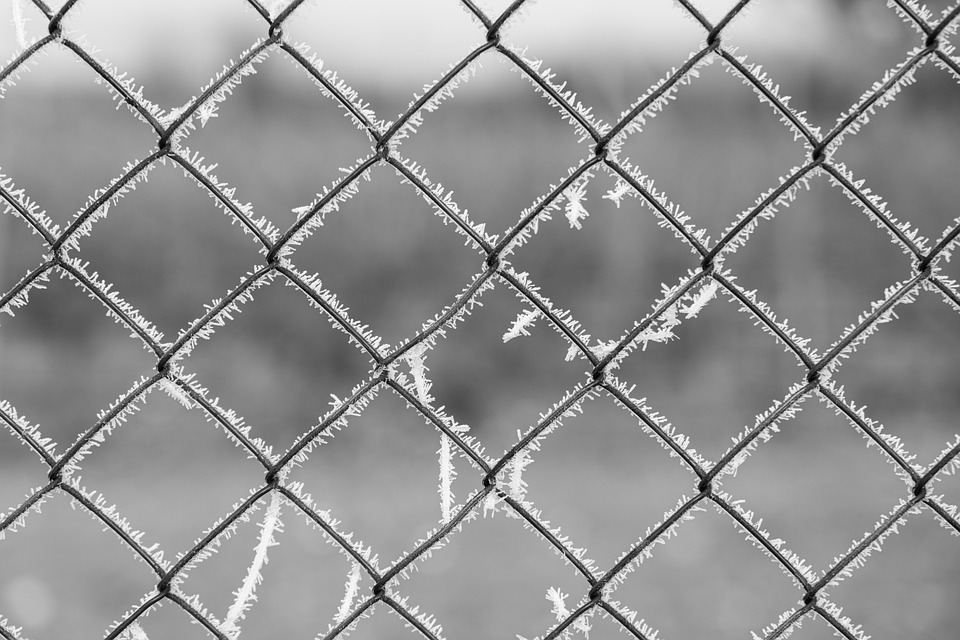Title: Ever-Changing Patterns: Exploring the Dynamic Adaptations of Chameleons and Other Color-Changing Animals
Introduction:
One of the most fascinating phenomena in the animal kingdom is the ability of certain creatures to change their colors. This remarkable adaptation is often associated with chameleons, but they are not the only animals capable of this complex process. In this article, we will delve into the world of color-changing animals and examine their incredible adaptations for survival.
Chameleons:
Chameleons, perhaps the most well-known color-changing animals, are a family of lizards found in Africa, Madagascar, and parts of Southern Europe. Their remarkable ability to change color is due to special cells within their skin called chromatophores. These cells contain pigments of different colors, and by expanding or contracting them, chameleons can produce a stunning array of hues. This ability serves several purposes, including communication, camouflage, temperature regulation, and even mate attraction.
Butterflies:
Butterflies also boast some outstanding color-changing abilities. They obtain their vibrant shades through tiny scales on their wings that contain pigments. However, beyond the pigments, some butterflies can also change their appearance depending on their environment and lifecycle stage. A well-known example is the ‘Peacock Butterfly,’ whose wing patterns can alter to a white or yellowish hue for camouflage when at rest, only to display a dramatic dark eye-spot in flight.
Flatfish:
Flatfish, including the popular Flounder and Sole, are known for their unique ability to change their color pattern to match their environment. Equipped with dark spots that help them blend into the sand or seabed, these fish can efficiently hide from predators. They rely on several adaptive mechanisms, including specialized chromatophores, cellular adjustments, and even the changes in fish pigments due to the surrounding conditions.
FAQs:
1. Why do chameleons change color?
Chameleons change color for various purposes, such as communication, temperature regulation, mate attraction, and camouflage. This transformative ability helps them adapt to their environment and various life stages.
2. Do all butterflies change color during their lifecycle?
Not all butterflies change color throughout their lifespan, but many exhibit different patterns and colors according to their lifecycle stages. An example is the ‘Peacock Butterfly,’ which shifts its appearance according to its environment and flight status.
3. How do flatfish change their color to match their surroundings?
Flatfish, like the Flounder and Sole, change their color pattern by adjusting their specialized chromatophores, adapting cell-level changes, and possessing distinct fish pigments, making them expert camouflage artisans.
4. Can other animals change their colors?
Indeed, several other animals demonstrate this adaptive feature. Cephalopods, such as octopuses, cuttlefish, and squids, are renowned for their color-changing abilities, using pigment cells and texture displacement for precisely controlling their appearance. Similarly, certain species of frogs, fish, and birds also possess limited color-changing capabilities.
Image: [A composite image showcasing a chameleon on a green leaf, a peacock butterfly resting on a flower, and a flatfish camouflaging against a sandy ocean bottom.]
Conclusion:
The dynamic color changes imbued in creatures like chameleons, butterflies, and flatfish showcase their incredible adaptability. Each species offers a unique approach to this complex form of camouflage and communication. While we have only touched on a handful of these mysterious and awe-inspiring beings, it is clear that the animal kingdom boasts a wondrous array of color-changing adaptations. Further exploration will undoubtedly unearth more extraordinary examples of nature’s ever-changing artistry.



